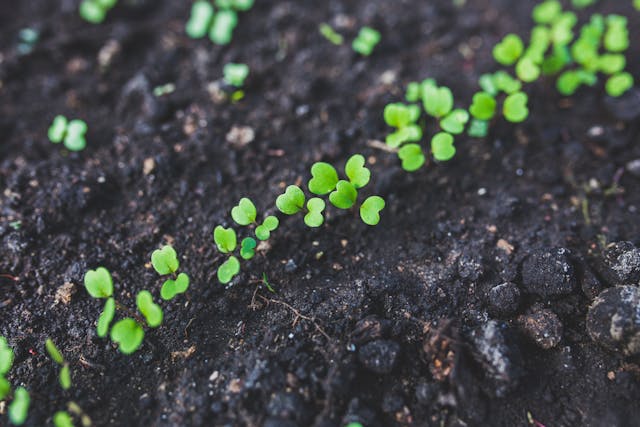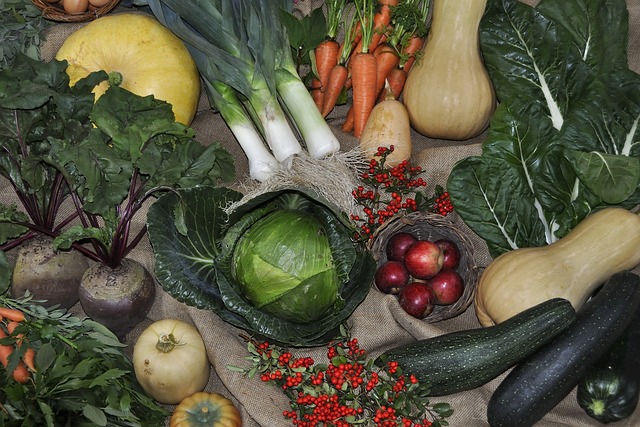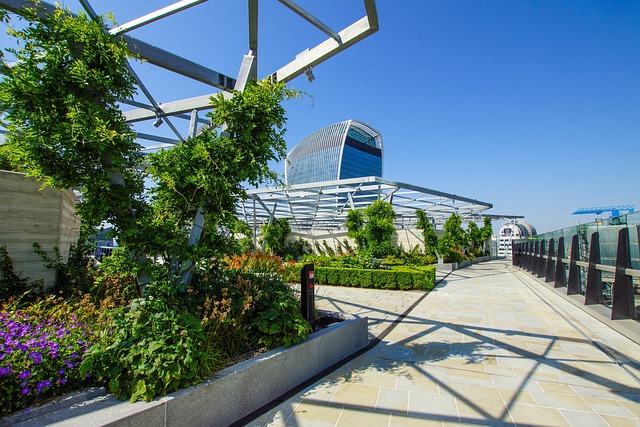Different Organic Gardening Styles to Suit You
Organic gardening styles vary as much as toast differs from jam.
Okay, that’s a really bad analogy but the styles of organic gardening differ from one another a heck of a lot, and that just means there’s lots of opportunity to try different things until you find what you enjoy the most.
Every gardener is unique and has characteristics that make them more suitable to gardening styles. But what are the different types of gardening that you can look out for?
Here are some of the organic gardening style types that you can consider:
Residential Gardening
This is the most common of the organic gardening styles. If you are a beginner gardener, then there is no better place to start out gardening than in your own backyard (or in containers if you don’t have a garden).
The main aim of residential gardening is to figure out what plants to grow, how many to grow, and how to grow them – and be able to sustain your family.
Alternatively, if you don’t have a large outdoor garden, you can still win at residential gardening by utilizing smaller spaces: you can grow herbs on windowsills, and grow food plants in pots on balconies, and in other small areas that have a sufficient light source, that’s easy to monitor and at the same time, easy to maintain and keep free from pests.
This is a style of gardening you can ease into and start off small, think of gorgeous beans growing up a trellis, a fragrant herb pot, and even corn – and then once you have mastered those skills, you can branch out further.
Specialized Gardening
Specialized gardening involves non-residential areas that are known for their green quality and are often marketed as such.
This category consists of places such as parks, botanical gardens, amusement parks, and other tourist attractions. Often, a dedicated staff member is assigned to maintain it due to its size, or you can outsource this to an external person who comes in a couple of times a week to take care of it.
Impact Gardening
If you are up to the challenge of blocking weeds with minimal costs, then impact gardening is for you. It involves using a relatively small space and maximizing its gardening potential. The plants are often crowded together.
Indoor Gardening
Indoor gardening can really become a creative thing – we are not only thinking about growing dwarf fruit trees on your deck, or mushrooms in your basement, but we are thinking of the other, more unique, more creative places where you can grow food.
Thinking of conservatories, greenhouses, and even grow tents!
You can make a small greenhouse out of old doors, or even make a mini greenhouse out of old picture frames. Grow tents are becoming more and more popular as it’s a place of light or darkness, hot or cold – whatever you want it to be, and it can take up just a small corner of your room. Or a large section of your garage!
You are in total control of the temperature, the airflow, and the humidity. If you are really passionate about gardening all year round, creating an indoor set up for yourself is the perfect thing to do.
Hydroponics Gardening
I personally, absolutely love hydroponics! And I wish I’d learned about it sooner. This is the art of growing plants, herbs, and some veggies and fruits even, in soilless conditions. In other words, it’s all about the water.
If you don’t have much space available, or don’t have a lot of money to get started in hydroponics, you can always start with the Kratky Method of hydroponics which really just involves a bucket, or even a mason jar or large, clean yogurt container, a net cup and some clay balls or rock wool, both of which are inexpensive.
Setting up a hydroponics grow system at home is ideal for beginners.
Why?
Because this is one of the organic gardening styles that produces more food, fresher crops, it’s fast, and you can grow indoors or outdoors.
Community Gardening
If you are motivated by group efforts, community gardening may be for you. Community gardening is one of the organic gardening styles that is growing and growing as more people feel the need to want to help others.
It involves concentrated efforts of the different members of the community to be able to help make a greener place. It involves a huge scope, but the members of the community are given autonomy to style their areas in whichever way they choose.
Don’t forget about schools, universities, and other academic institutions. Teaching children and young adults how to grow their own food and becoming self-sustaining in life are brilliant skills to master. Gardening this way also teaches how to work together in a team, and how to share and be fair (when the food is ready to be harvested).
Some people start community gardens on grassy pavements and verges, with the aim to help people who need food, and with the hopes that other people will help them grow their gardens.






